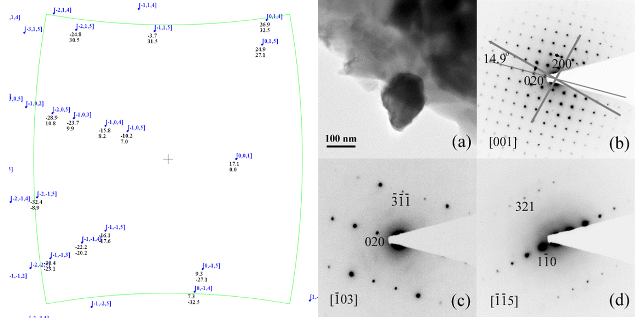
Stereographic projection involves projecting points from the surface of a sphere onto its equatorial plane. It is particularly significant in crystallography, where a set of points represents directions in three-dimensional space—these directions being lines extending from the sphere's center to the points. A complete set of such projections is commonly referred to as a stereogram. In the realm of electron diffraction experiments for crystallographic analysis, stereographic projection software is expected to encompass more than just standard stereogram analysis. Advanced functionalities include generating composite stereograms to analyze relationships between different crystalline phases, simulating Kikuchi maps, and predicting tiling angles in selected-area electron diffraction (SAED) experiments. SPICA4 represents a significant advancement in this field, offering these comprehensive features and more. Developed to cater to both educational needs in crystallography and practical requirements for TEM researchers, SPICA4 serves as a versatile tool. It supports teaching by aiding students in understanding crystallographic concepts and serves as a robust instrument for researchers engaged in TEM experiments, facilitating the analysis and interpretation of experimental results effectively. |

A new tetragonal phase in Co-Fe-Cr-Ge alloy as an example using SPICA4 to predict the tilt angles for all zone axes within the tilt limitation of the TEM specimen holder. Two of the SAED patterns of [ -103] and [-1-15] zone axes were selected and displayed Figure (c) and (d) on right side.